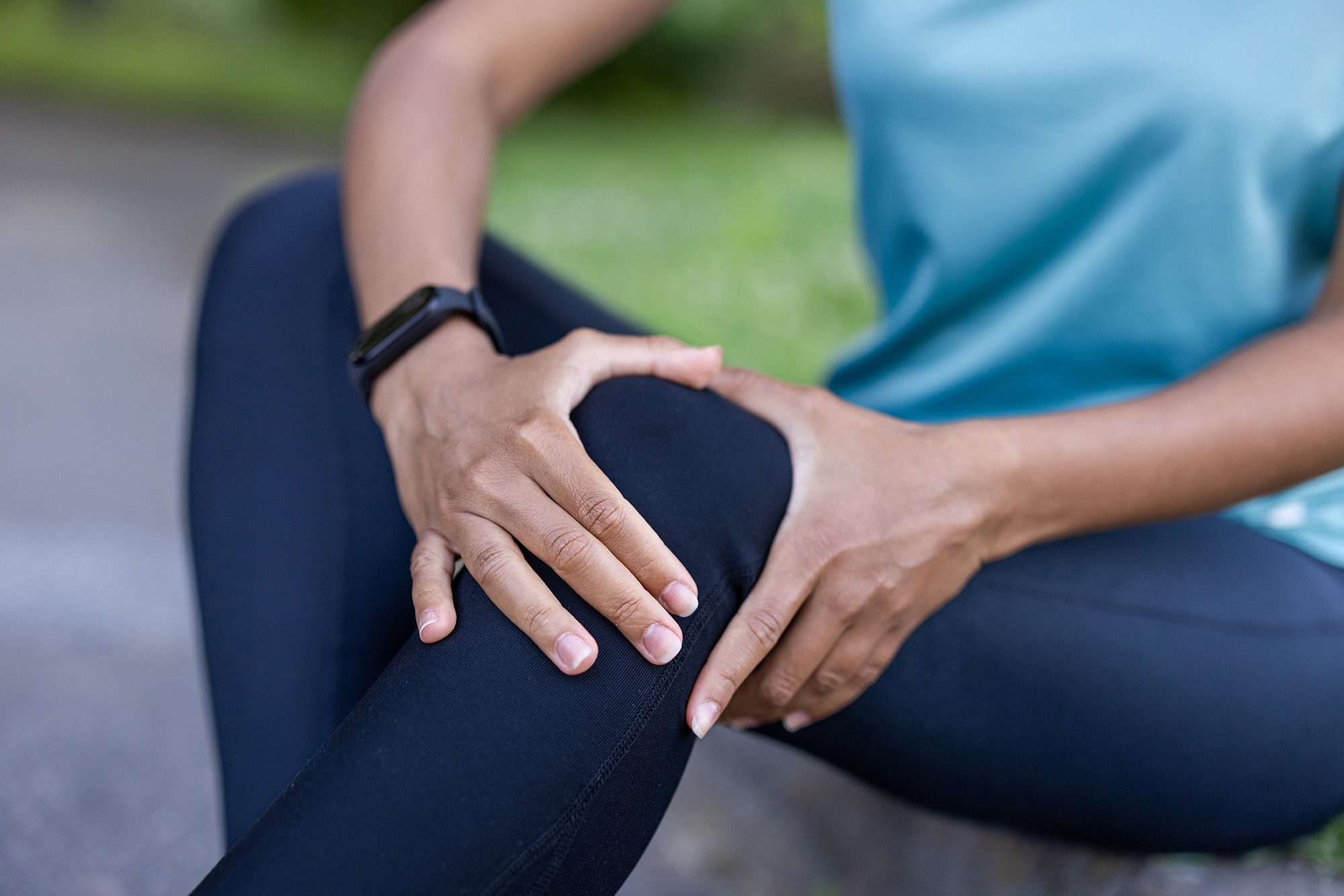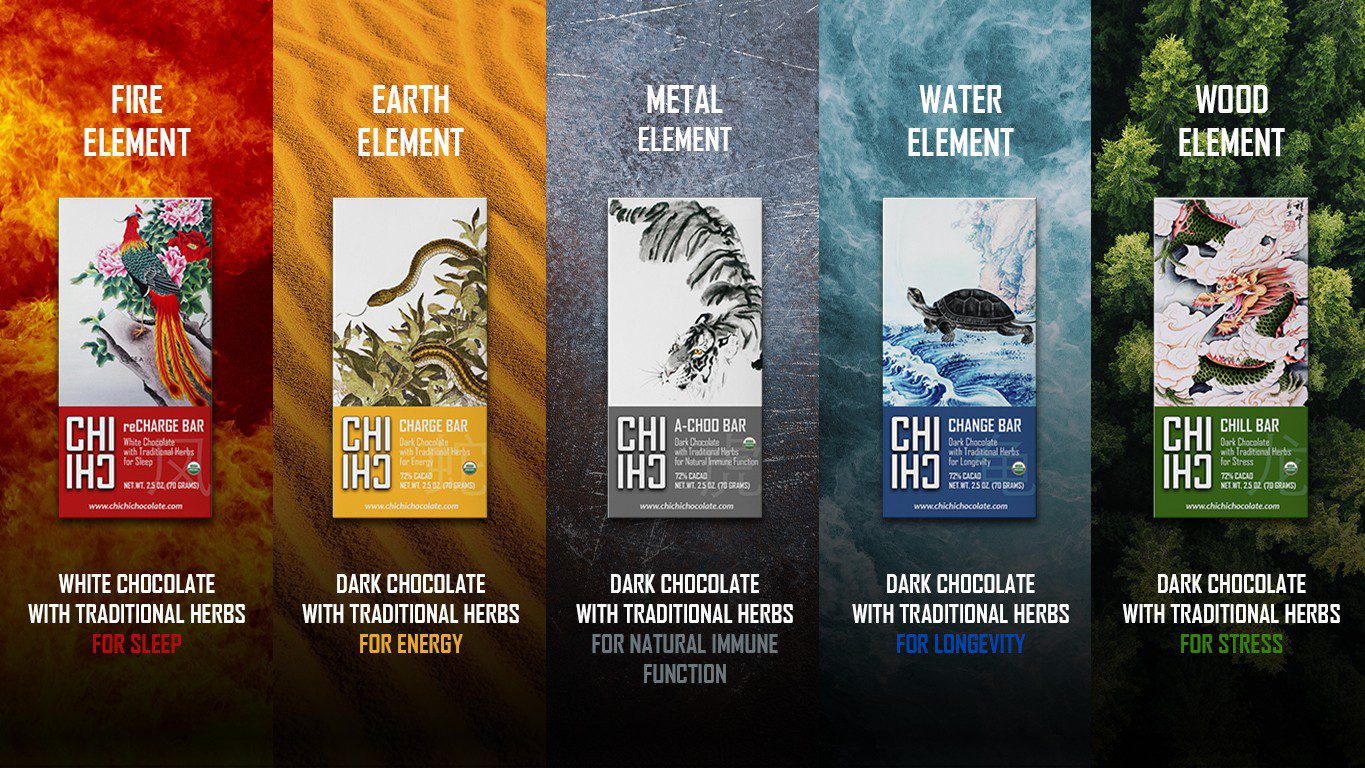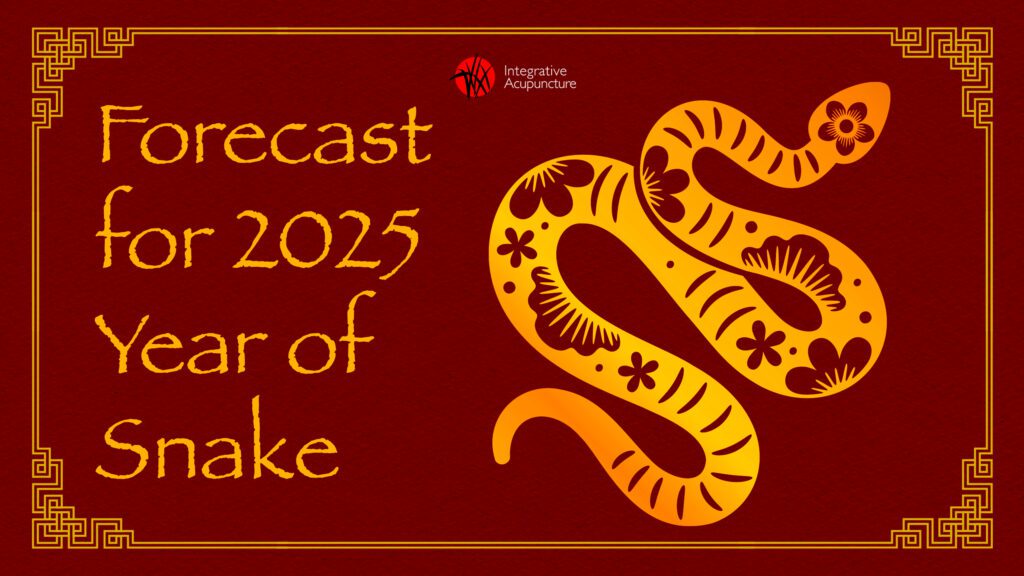If your knees ache before a storm or your shoulders stiffen up when it’s damp, you’re not imagining things. Many people notice their joint pain flares with changes in the weather. While Western medicine points to shifts in barometric pressure and inflammation, Traditional Chinese Medicine (TCM) has been observing this phenomenon for centuries—and offers a holistic way to understand and treat it.
In this article, we’ll explore how TCM views weather’s influence on joint pain, what “wind,” “cold,” and “dampness” really mean, and how acupuncture and herbal medicine can help restore balance and ease discomfort.
Weather and the Body: The TCM Perspective

In TCM, external weather patterns—like wind, cold, heat, and dampness—don’t just affect the environment. They can also penetrate the body when our Wei Qi (defensive or protective energy, similar to the immune system) is weak or unbalanced. When these “pathogenic factors” settle into the joints, they can obstruct the smooth flow of Qi (vital energy) and Blood, leading to pain, stiffness, and limited movement.
This condition is called Bi Syndrome (pronounced “bee”), which translates to “painful obstruction.” The name reflects what’s happening: something is blocking the free movement of Qi and Blood in the channels and joints.
The Types of Bi Syndrome
Different types of weather produce different patterns of joint pain in TCM. Understanding these patterns helps practitioners tailor treatment precisely to your body’s needs.

- Wind Bi (“Wandering Pain”) – The pain moves around: one day it’s your shoulder, the next it’s your knee. This type is often aggravated by windy weather.
- Cold Bi (“Fixed, Severe Pain”) – The pain is sharp, deep, and worse in cold or damp weather. Warmth tends to bring relief.
- Damp Bi (“Heavy, Achy Pain”) – The joints feel swollen, heavy, and stiff, especially when it’s humid or rainy.
- Heat Bi (“Red, Swollen Joints”) – When inflammation or infection sets in, joints may appear red, swollen, and hot to the touch.
In many patients, more than one of these factors is at play—what TCM calls a “mixed pattern.”
How Acupuncture Helps Joint Pain
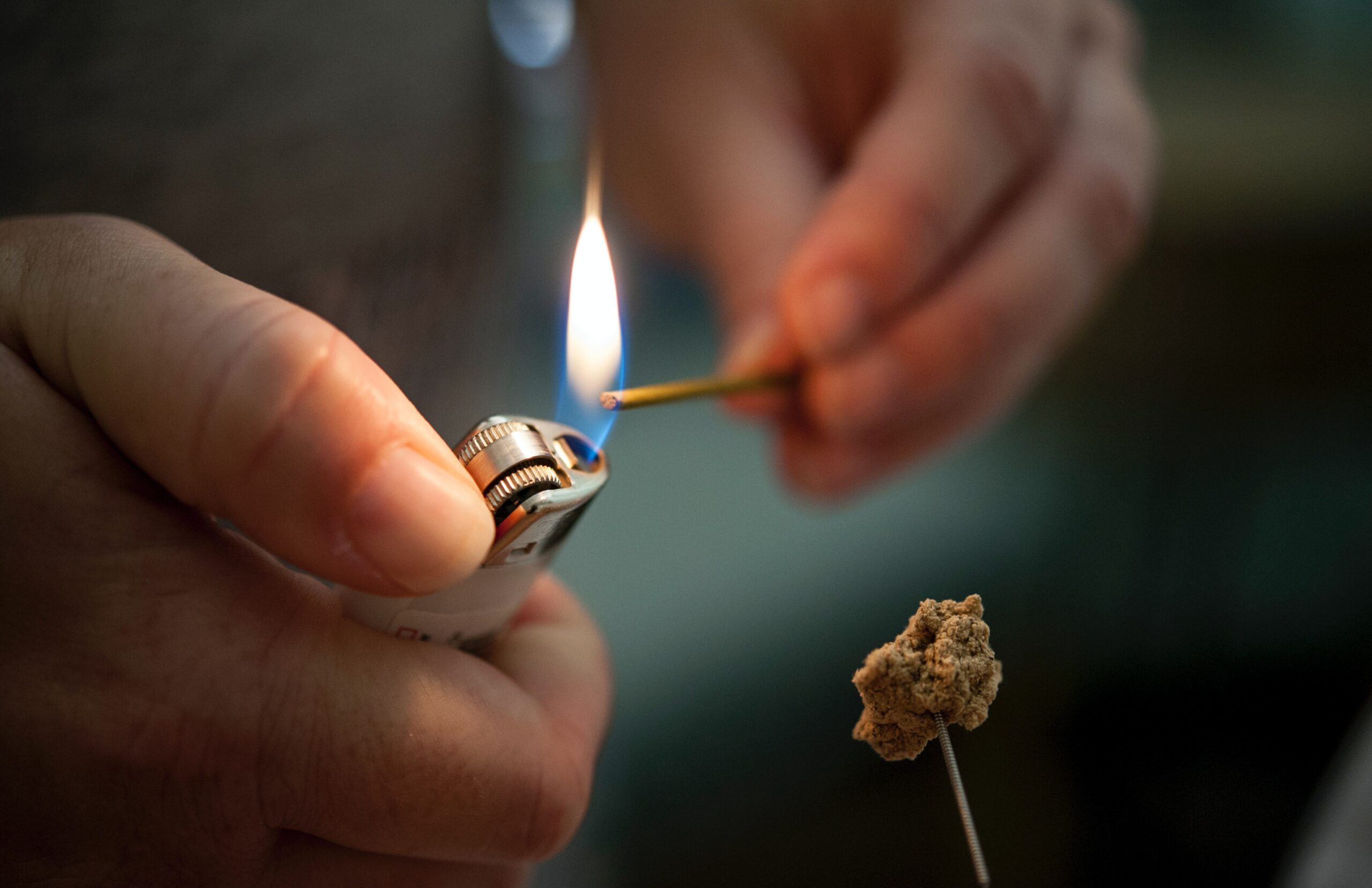
Acupuncture works by stimulating specific points along the meridians, helping to move Qi and Blood, dispel pathogenic factors, and reduce inflammation. From a biomedical perspective, research suggests that acupuncture may influence neurotransmitters, endorphin release, and local circulation—all of which can relieve pain and stiffness. The Mayo Clinic also notes that acupuncture may relieve pain by stimulating the body’s natural painkillers and increasing blood flow (Mayo Clinic: Acupuncture).
In TCM, acupuncture for joint pain is often combined with moxibustion—a warming therapy using dried mugwort (Ai Ye)—to drive out cold and dampness, especially for chronic or cold-related pain. You can read more about moxa on our blog.
The Role of Herbal Medicine
Herbal formulas can complement acupuncture by addressing the internal imbalances that allow external factors to take hold.
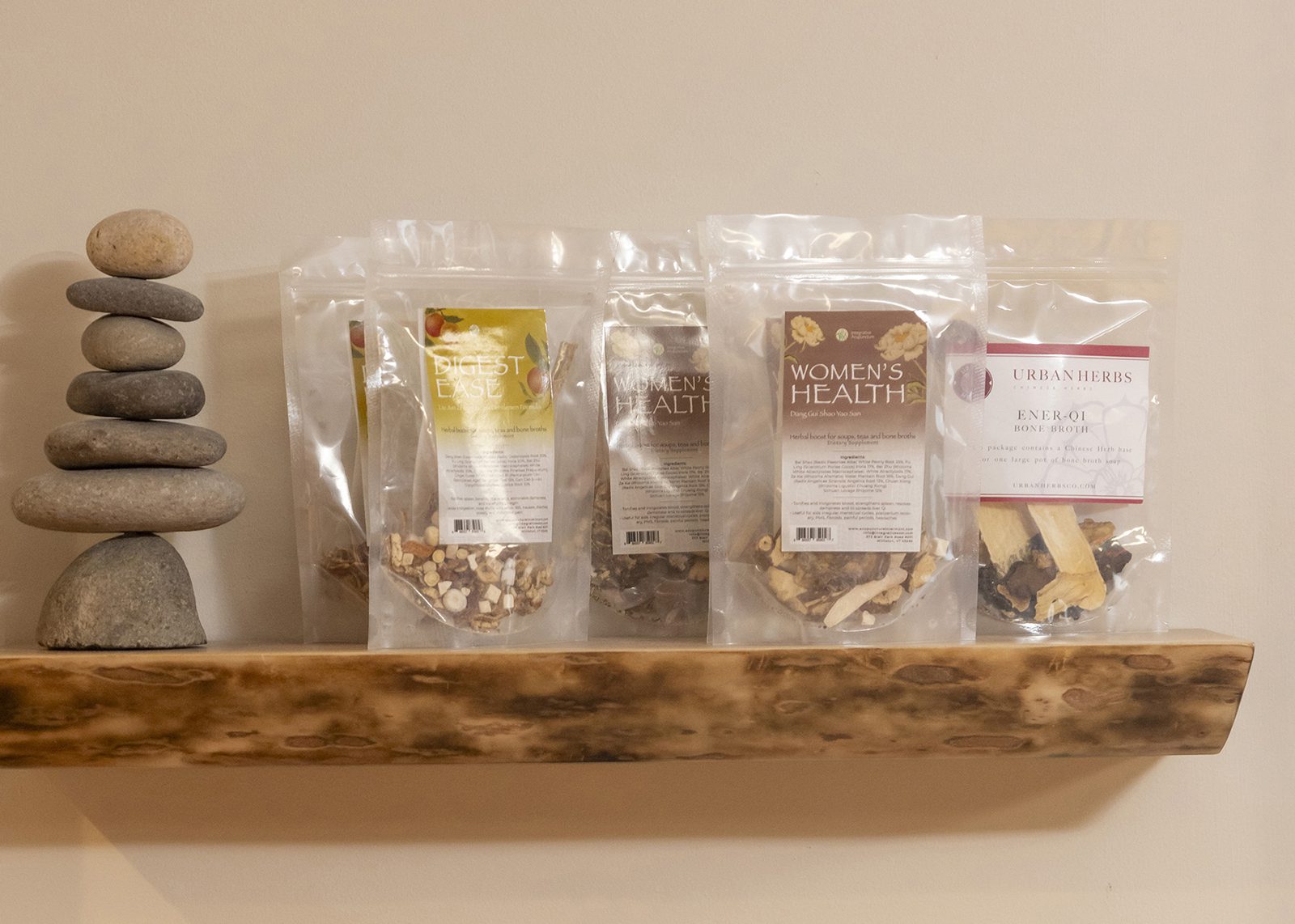
- For Wind-Damp Pain: Formulas like Du Huo Ji Sheng Tang are traditionally used to strengthen the Liver and Kidney, nourish Blood, and dispel wind-dampness.
- For Cold Bi: Gui Zhi Tang or warming herbs like cinnamon twig and ginger may be recommended.
- For Heat Bi: Cooling and detoxifying herbs help clear inflammation and relieve swelling.
Your practitioner will personalize any herbal formula to your specific pattern and constitution, ensuring safe and effective results.
Learn more about how we use herbal medicine in our practice here: Herbal Medicine and TCM.
Lifestyle Tips to Ease Weather-Related Joint Pain
While treatment can bring lasting relief, small adjustments at home can also make a big difference.
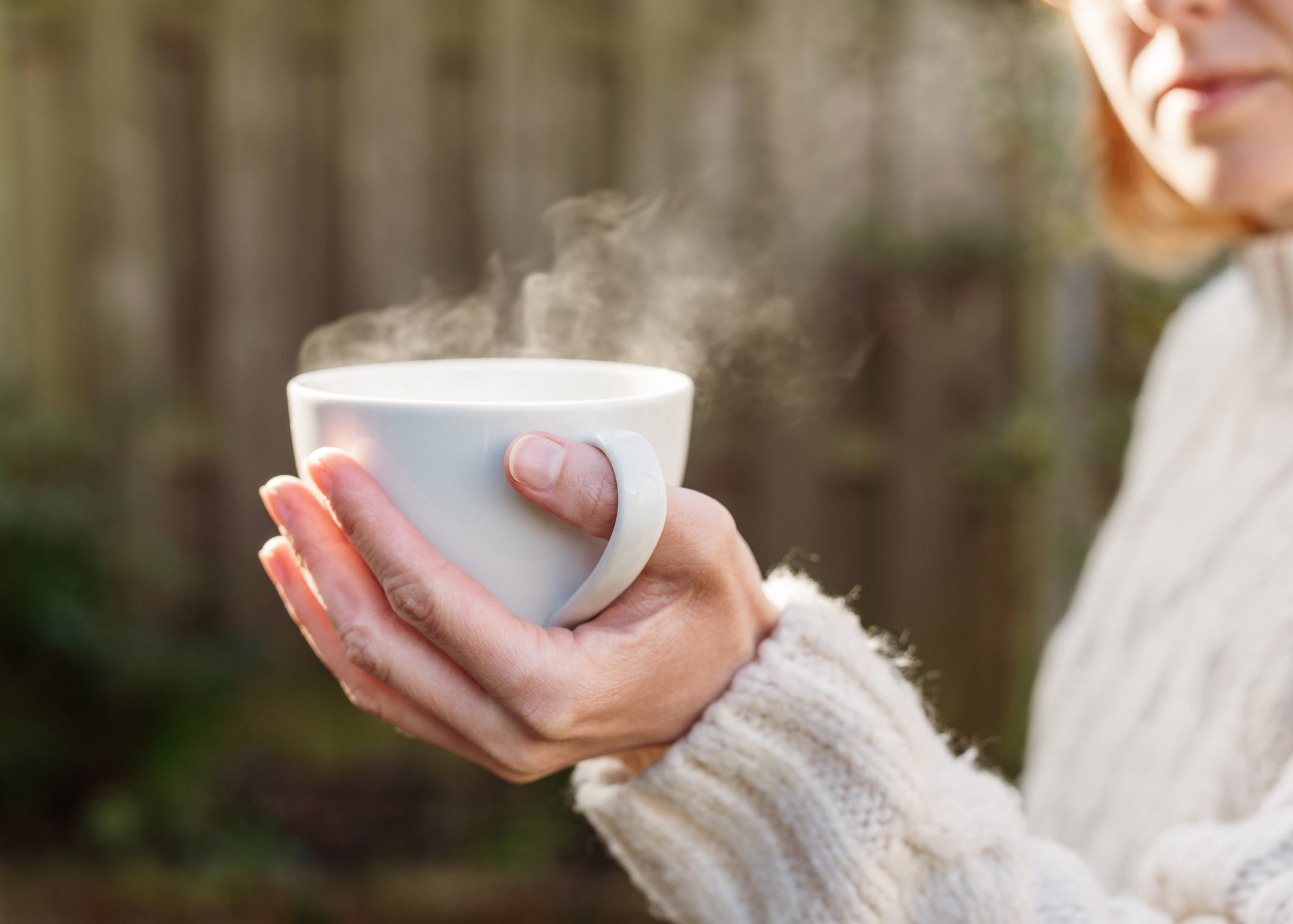
While treatment can bring lasting relief, small adjustments at home can also make a big difference.
- Keep warm: Protect your joints from cold and damp by dressing in layers and avoiding sitting on cold surfaces.
- Stay active: Gentle movement like tai chi, yoga, or walking keeps Qi and Blood flowing smoothly.
- Eat warming foods: Soups, stews, and spices such as ginger, turmeric, and cinnamon support circulation and counteract cold and dampness.
- Hydrate and rest: Proper hydration and adequate rest strengthen your Wei Qi and improve resilience to weather changes.
If you’re interested in more ways to support your musculoskeletal health naturally, visit our related post: Acupuncture for Pain Relief.
Modern Research on Weather and Joint Pain
Scientific research also supports the idea that weather can affect how joints feel—though the exact mechanism isn’t fully understood. Some studies suggest that drops in barometric pressure may cause tissues in the joints to expand slightly, increasing pressure and pain sensitivity.
For example, a 2019 study published in Nature Scientific Reports found that lower atmospheric pressure and higher humidity were associated with increased pain reports among people with arthritis.
While Western medicine and TCM use different frameworks, both recognize that weather influences how we feel—and both approaches aim to reduce inflammation, ease pain, and improve overall mobility.
Bringing It All Together
In TCM, joint pain is not just a symptom—it’s a signal that your body’s Qi and Blood are blocked or unbalanced. Seasonal changes, especially shifts in humidity or temperature, can aggravate those imbalances.
Through acupuncture, herbal medicine, and simple self-care, you can help your body adapt to these external changes and restore internal harmony.
If your joint pain tends to flare up with the weather, now is the perfect time for a seasonal acupuncture tune-up. Integrative Acupuncture, we’ll help you understand the underlying cause of your discomfort and develop a treatment plan that brings balance back to your body—rain or shine. Book your visit today.

